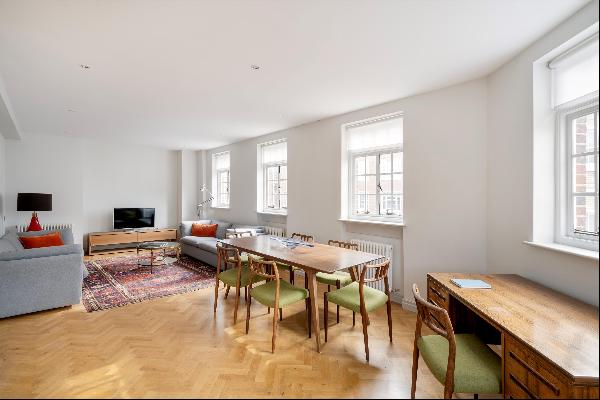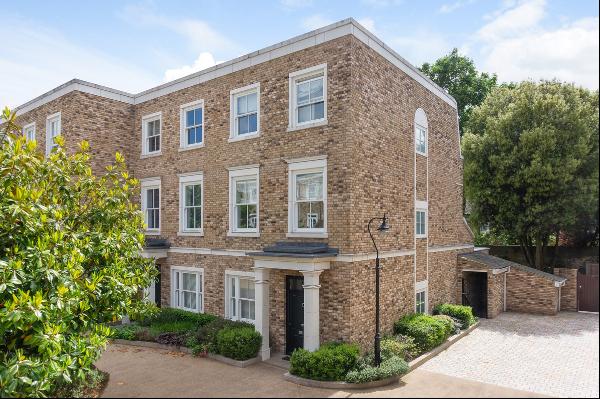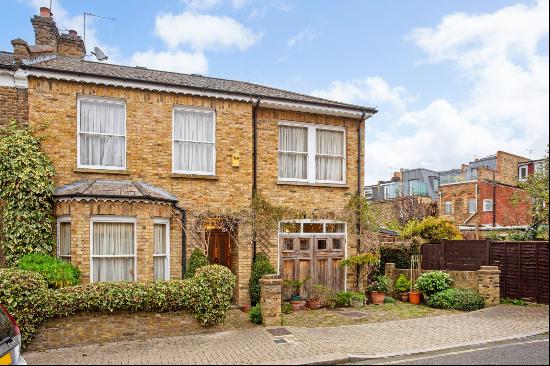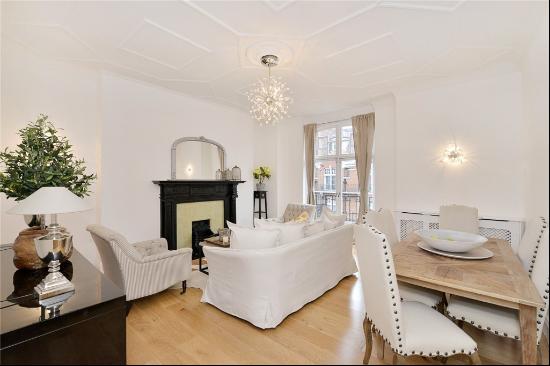
By Murude Katipoglu
Combining contemporary and antique pieces in a space can present a challenge. While the fusion of different styles and periods can add interest and personality, there are a few guidelines I follow in order to get the best results. For furniture, I often gravitate towards classical designs by contemporary makers, where comfort is cleverly concealed within traditionally elegant forms, whereas treasured antiques and found pieces collected over the years are the key to an authentic sense of individual style.
Here are my suggestions for decorating the sitting room at this Grade II* Listed Victorian property in the New Forest, where the palette of neutral tones and parquet flooring provides a backdrop for the layering of old and new.
Lighting
We love using a sculptural pendant light as a way to accentuate ceiling height and provide interest. Paolo Moschino’s Elena Ceiling Light is a favourite of my interior design company, Murudé. Shown here in white plaster, it is also available with a bronze verdigris finish which provides a timeless, aged effect.
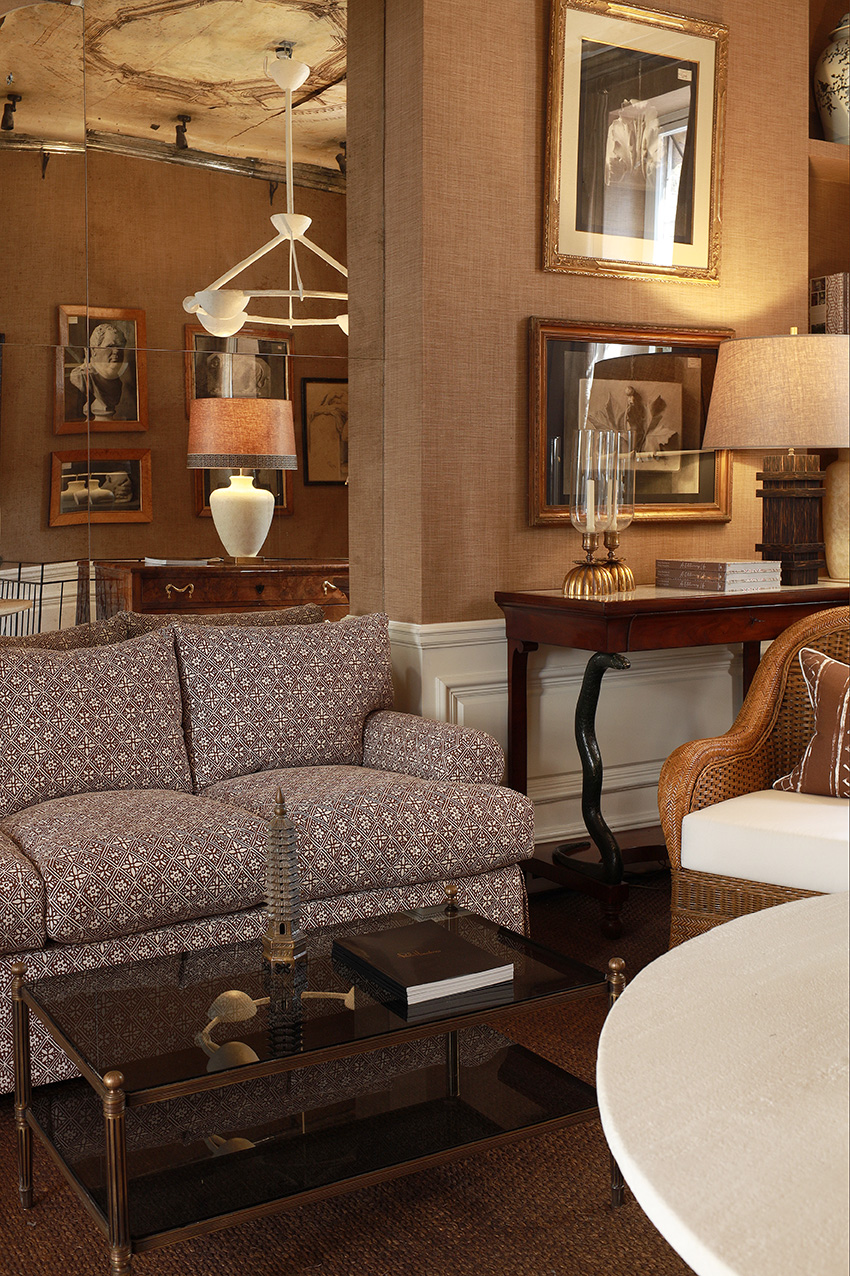
Table and floor lamps are an opportunity to incorporate antique designs; Dorian Caffot de Fawes has a lovely selection of elegant pieces to choose from, such as this mid-20th century Swedish brass telescopic reading lamp, on a tripod base. I always opt for a linen shade as it diffuses light, reducing any harsh glare and providing a softer ambience.

Artwork
I love textural artworks and wall hangings. These, combined with decorative antique frames and carefully chosen linen mounts, add a rich, tactile quality. Take the artwork of Antonio Bellotti, for example — his pieces have a depth achieved through mixed media techniques, and can be complemented by a frame from an antique market.

Materials Matter
The adage of quality over quantity is hard to dispute. Investing in quality materials ensures that the furniture in your home will age well. Materials such as oak or curiously-grained burr wood, heavyweight linen and brass all grow more interesting with age.
For side tables I rely on Forest to Home which offers a selection of solid plinths and tables that embrace the natural characteristics and textures of wood. The simple form of the Tetbury side table is offset by the cracks and grooves of the oak from which it’s made.

Merging Styles
A blend of new and found pieces helps create a unique space. To balance out a classically styled sofa I would incorporate armchairs with a more contemporary form.
It is important for furniture in our projects to be both comfortable and aesthetically pleasing. I like to use shapes that are wide and deep, such as this Karu armchair by Dagmar in a Sahara colourway. The plush sheepskin and generous proportions offer an inviting spot to sit and unwind.

Finishing Touches
Finishing touches are the making of a home. Avoid buying all your decorative pieces from the same place, as this can lead to a collection that merely reflects current trends. Instead, let it be a process where you display objects, vessels and art that have been amassed over the years, with the intention to continuously evolve and shape the space alongside your own interests. M.A.H gallery offers an exceptional curation of objects, artwork, and sculpture, showcasing the best work of both emerging and established artists. Sway Ceramics’ Poppy 01 would make an interesting addition to any sideboard.

The New Forest property is on sale for offers in excess of £8mn through Knight Frank
Photography: Knight Frank; Paolo Moschino; Dorian Caffot de Fawes; Ben Anders; Forest to Home/Alexander J Collins Photography; Dagmar; The House by M.A.H

















